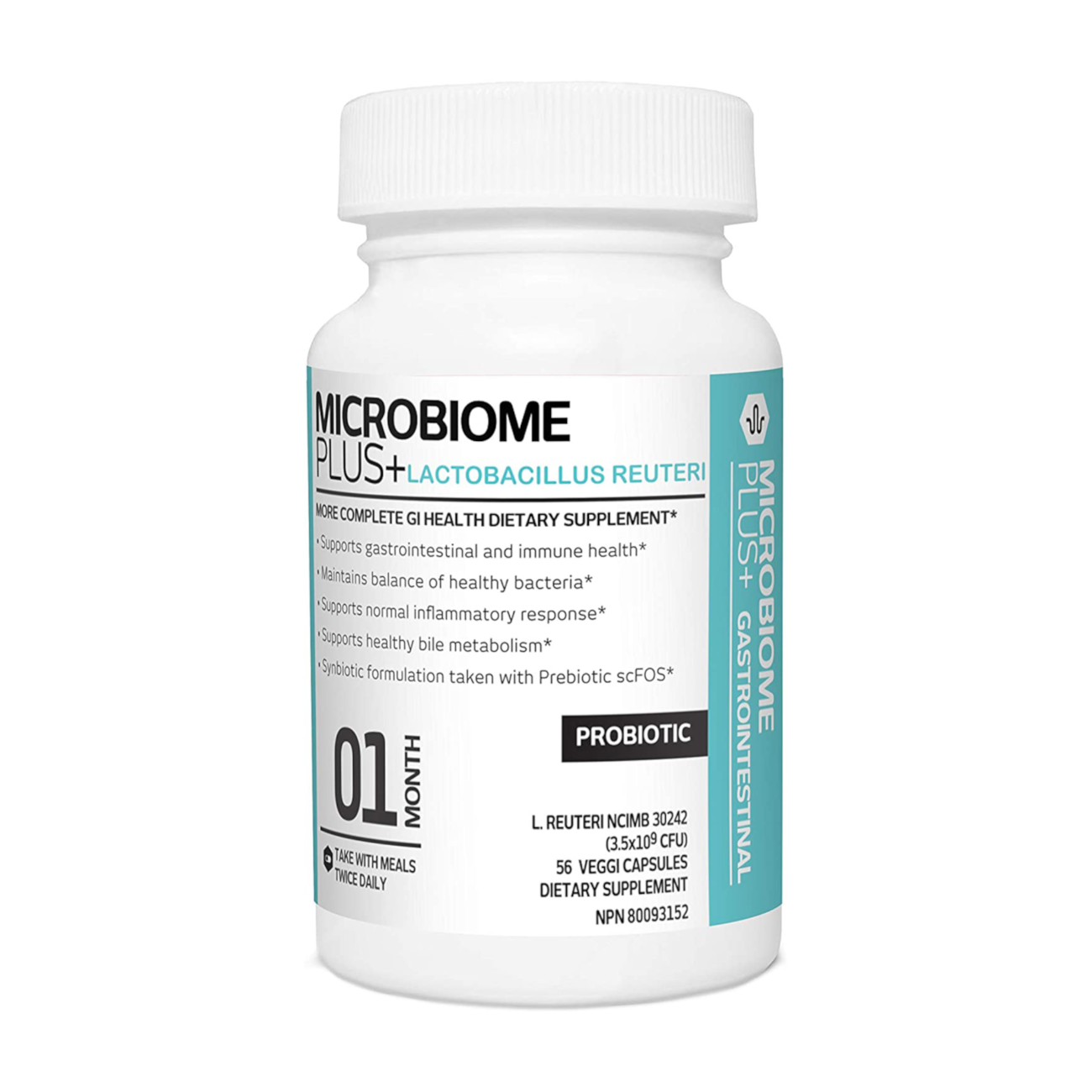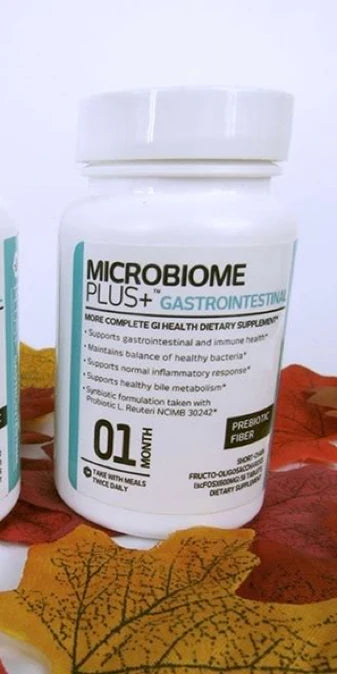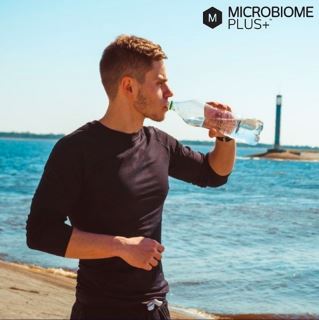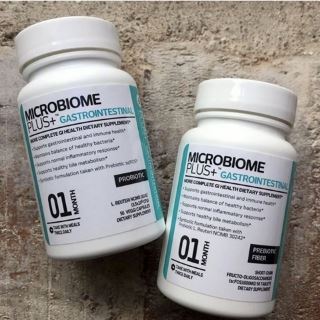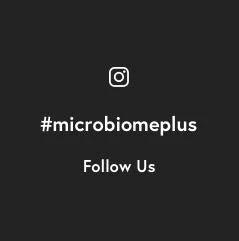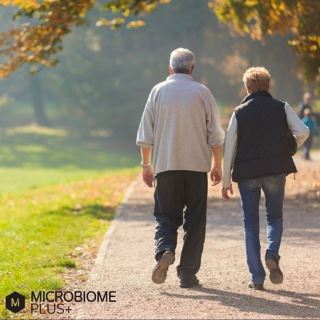The use of antibiotics has been expanding steadily over the past several decades. Presently, they are among the most widely prescribed medications. Though antibiotics can be life-saving for a plethora of infections, these bacteria-eradicating medications can themselves predispose to life-threatening infections. Taking probiotics during a course of antibiotic therapy replenishes the gut with the (lost) healthy bacteria and helps assuage antibiotic-associated side effects.
Antibiotic-Associated Diarrhea (AAD) and Antibiotic-Associated Clostridium difficile Infection (CDI)
Around 10% to 25% of individuals treated with antibiotics develop AAD. The occurrence of AAD leads to a poor compliance with the antibiotic therapy and an incomplete eradication of the infection.
Adding fuel to the fire, antibiotics cause overgrowth of a more harmful bacterium, called Clostridium difficile. Once infected, this pathogen incites a severe inflammation throughout the colon (colitis).
How do antibiotics Cause Diarrhea?
The antibiotics upset the composition and function of the intestinal flora (cause dysbiosis), which causes diarrhea. The proportion of the unfriendly gut commensals goes up, whereas that of the friendly ones plunges.
Antibiotics also reduce the breakdown of fermentable carbohydrates in the gut. These nonabsorbable carbohydrates osmotically draw more water into the gut, increasing the fluidity and frequency of stools (osmotic diarrhea).
Moreover, antibiotics can undermine the gut barriers, enabling the intrusion of the offending attackers like Clostridium difficile that lead to devastating colonic infections and intractable diarrhea.
Antibiotic-Induced Dysbiosis and Probiotics
The bad news is that antibiotics not only provoke diarrhea but a whole host of systemic illnesses. The dysbiosis can contribute to GI issues like IBS, IBD, as well as non-GI problems such as obesity.
The good news is, using probiotics concurrently with antibiotics reduces the risk of both AAD and CDI.
A systematic review conducted by the Department of Medicine at St. Michael’s Hospital in Toronto showed a profound decline in the frequency of both AAD and CDI after consumption of probiotics. [1]
Probiotics not only reduce the severity of CDI and AAD but when taken simultaneously with antibiotics, they can indeed preclude these imminent adverse effects. [2]
Introducing probiotics replaces the disturbed microbial colony with the footmark of friendly microbes that line the gut barriers and serve as a line of defense against the pathogen-receptor binding. Their anti-inflammatory characteristics help alleviate the antibiotic-induced colitis. [3]
The healthy microbes also elaborate protective gut antibodies like IgA that aid in neutralizing the toxins released by Clostridia. [4] According to a research conducted by the Yale University School of Medicine in 2008, L. rhamnosus GG and S. boulardii were found to be effective in preventing AAD. [5]
It is ideal to continue probiotics even after completing the course of antibiotic therapy
This is in view of the fact that AAD or CDI might develop 5 to 10 days after stopping the antibiotic, or rarely symptoms of CDI do not manifest until as late as 10 weeks afterward. Hence, continuing probiotics for an extended period will thwart the unwanted side effects.
Summary
Antibiotics carry a potential risk of messing up the harmony of the gut microbiome. Their use and benefits should be weighed against the risks associated with them. Precautionary measures should be taken, including the supplementation of probiotics.
Written By:
Dr. Rasheed Huma
References
- Pattani R, Palda VA, Hwang SW, Shah PS. Probiotics for the prevention of antibiotic-associated diarrhea and Clostridium difficile infection among hospitalized patients: systematic review and meta-analysis. Open Medicine. 2013;7(2):e56-e67.
- McFarland LV. Meta-analysis of probiotics for the prevention of antibiotic associated diarrhea and the treatment of Clostridium difficile disease. Am J Gastroenterol. 2006;101(4):812-22.
- Hickson M. Probiotics in the prevention of antibiotic-associated diarrhoea and Clostridium difficile infection. Therapeutic Advances in Gastroenterology. 2011;4(3):185-197. doi:10.1177/1756283X11399115.
- Hussack G, Tanha J. Toxin-Specific Antibodies for the Treatment of Clostridium difficile: Current Status and Future Perspectives †. Toxins. 2010;2(5):998-1018. doi:10.3390/toxins2050998.
- Floch MH, Walker WA, Guandalini S et al. Recommendations for probiotic use–2008. Journal of Clinical Gastroenterology. 2008 Jul;42 Suppl 2:S104-8. doi: 10.1097/MCG.0b013e31816b903f.
